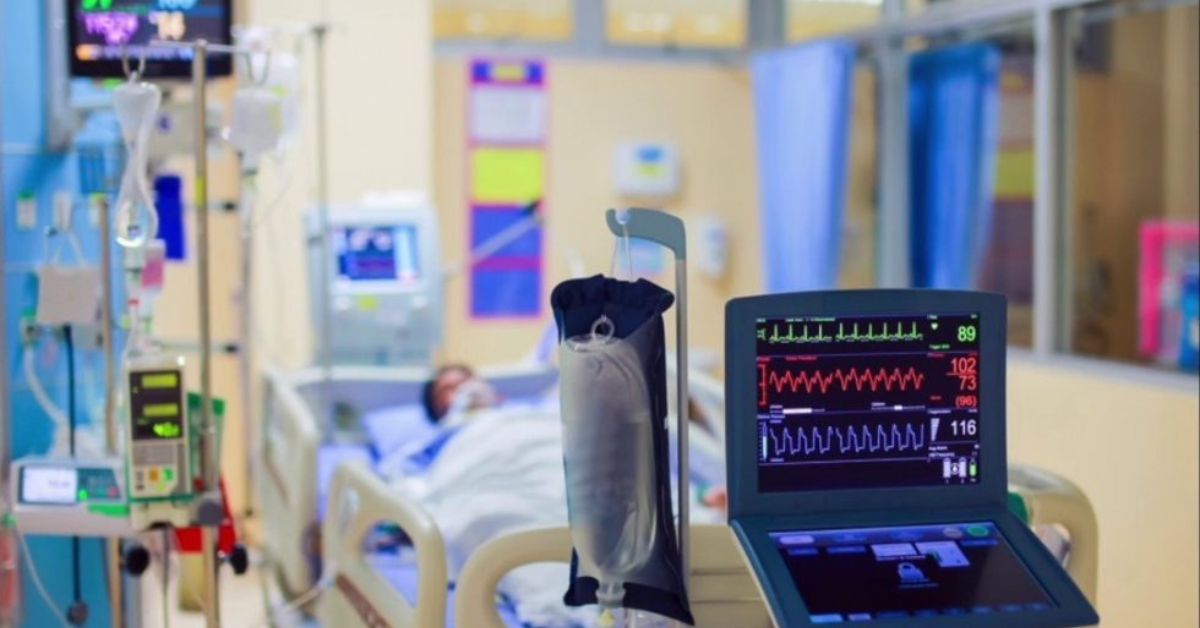
Three Ways AI could revolutionize intensive care of critically ill patients
Predicting Sepsis
In an intensive care environment, the sepsis is associated with high morbidity and mortality and difficult to treat complication. Patients who have developed sepsis are a major part of what makes ICU patient treatment so expensive. In fact, the cost of treating sepsis has risen by $1.5 billion in the past three years alone. This is partially due to the fact that conventional prediction models are only able to predict sepsis with a maximum accuracy of 0.725 area under the curve (AUCs).
However, through the use of deep learning models, tests have shown that it is able to predict which children would develop sepsis as early as 12-hours before onset and maintain an AUC of 0.83. This means that doctors will be able to effectively preempt the occurrence of sepsis and treat the same with appropriately selected antibiotics and save thousands or even millions of dollars in the process.
Predicting Mortality Rates
Understanding the probability of mortality with any extreme accuracy is something that has remained challenging due to the complexity of ICU patients in each medical facility. But with the use of Deep Learning Models, researchers have been able to track lab results, physiologic observations, and any administered drugs i.e the entire patient data in order to create mortality probability predictions that are far superior to previous models.
In fact, using the new algorithms achieved an AUC of 0.93 and allows doctors to more accurately understand the risk of mortality associated with each ICU patient and take the appropriate life-saving and cost-saving measures.
Predicting Proper Mechanical Ventilator Removal
The use of mechanical ventilation requires an eventual ventilator removal, which can significantly increase the risk of mortality if done too early or too late. Prolonged ventilation is associated with significant complications as well as it involves huge opportunity cost of blocking a scarce resource. Whereas premature weaning of ventilation increases reintubation and readmission rates. Hence predicting optimal time of weaning the patients off the ventilation is a challenging task for the clinicians in ICU.
A study done using an AI algorithm has demonstrated that this predictive model is able to more accurately predict when extubation should take place. With an AUC of 0.82, which has significantly improved the predicting power of the intensivists.
But it is important to note that this algorithm is limited to the fact that it can help to predict when a specific time is okay to perform extubation. However, it is not able to indicate whether it also would have been fine to perform the extubation earlier or later than when it was. Therefore, improved AI algorithms with larger datasets are needed to help further the accuracy of optimal extubation prediction.
These three areas are only the start of how AI systems are expected to revolutionize the treatment of ICU patients and hospital operations in general. To get more industry news regarding the use of artificial intelligence in clinical care, make sure to subscribe to our blog at RediMinds.
